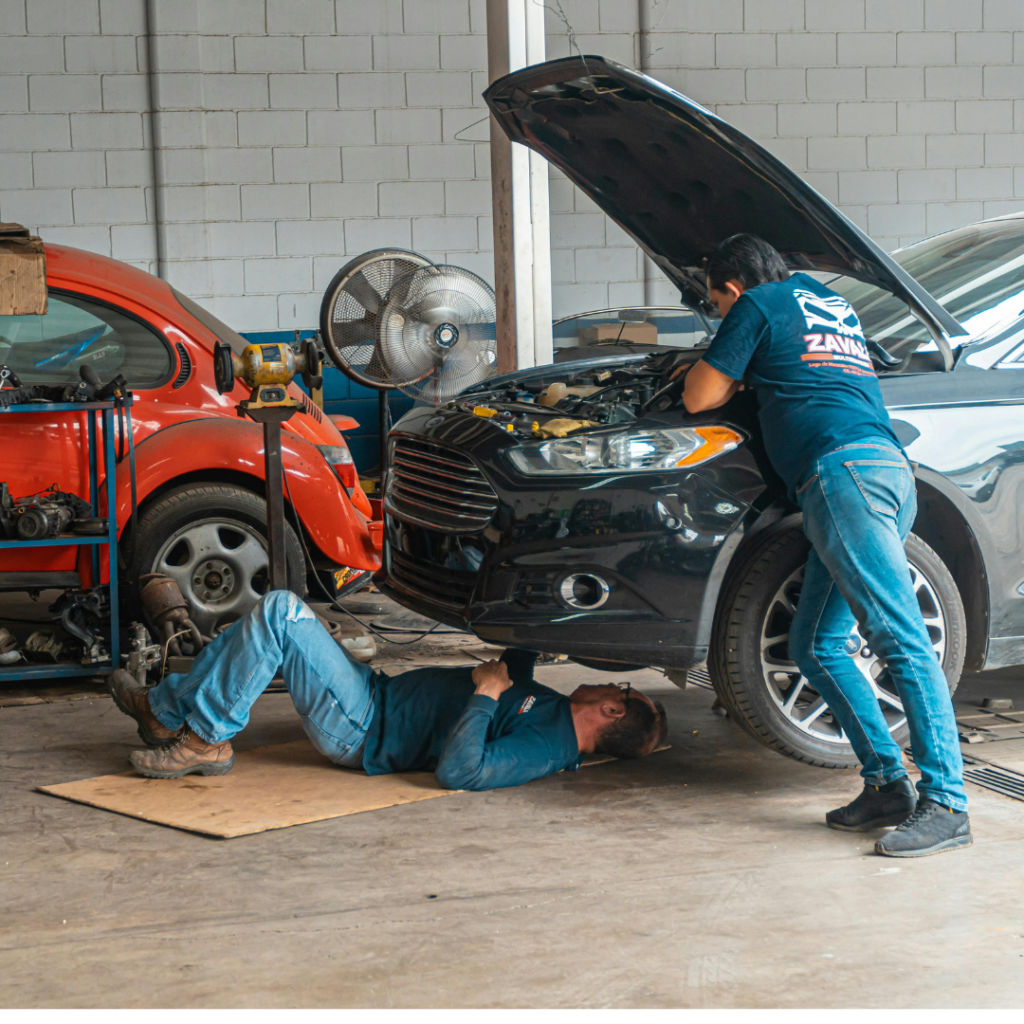Caring for a child with cerebral palsy (CP) is a unique and often challenging experience that goes beyond mobility and developmental concerns. Chronic pain is a frequently overlooked issue that can deeply affect children with CP and their carers.
This article explores chronic pain in children with CP, its impact, and how parents or carers can support and advocate for their loved ones—a topic that needs greater attention.
Chronic pain in children with CP is a complex issue that is often under-recognised and under-treated. According to Chronic pain in children and young people with cerebral palsy: a narrative review of challenges, advances, and future directions (Harvey et al., 2024), the prevalence of chronic pain highlights the urgent need for better diagnostic tools, multidisciplinary care, and greater clinical awareness. The review emphasises tailoring interventions to the diverse needs of affected individuals and calls for more research to close gaps in understanding and care.
By addressing these challenges, we can improve the quality of life for children and their families. Parents and carers are encouraged to seek specialised care and advocate for effective pain management strategies.
What is Chronic Pain in Cerebral Palsy?
Cerebral palsy refers to a group of disorders that impact movement and posture due to injury or abnormal development of the brain, often occurring before, during, or shortly after birth. While CP is widely recognised for its challenges with mobility, chronic pain is an all-too-common—yet under-discussed—component.
Chronic pain is defined as pain that persists or recurs beyond three months. Among children and young people with CP, this pain often results from muscle stiffness (spasticity), joint misalignments, gastrointestinal issues, and required medical interventions. Studies suggest that as many as 85% of children with CP experience pain, with around one-third dealing specifically with chronic pain.
For children with more severe cases or additional complications such as dyskinesia, the likelihood of pain increases significantly. Yet, understanding and managing this pain presents complex challenges for families and clinicians alike.
Why is Chronic Pain Still Misunderstood?
Historically, pain in children with CP has been underestimated and inadequately addressed. This stems from several factors, including the difficulty some children have in articulating their pain due to communication impairments.
Additionally, past approaches to evaluating pain often focused solely on its intensity, overlooking its broader effects on children’s daily lives, such as participation in education, social activities, and physical independence.
Recent research highlights the importance of adopting a biopsychosocial approach—one that considers the physical, emotional, and social factors contributing to chronic pain. However, despite advancements in understanding, more needs to be done to provide effective assessment tools and tailored management strategies.
The Lived Experience of Pain for Children and Their Families
Chronic pain deeply impacts not only the child but also their family.
Qualitative studies exploring the experiences of children with CP reveal recurring themes:
- The Burden of Pain: Many children feel pain is a constant companion, affecting their ability to enjoy activities or progress in therapy.
- Being Understood: Children want their pain to be acknowledged and believed, even when they cannot express it fully.
- Adjusting to Pain: Kids develop unique coping mechanisms, often adapting to manage discomfort in their daily lives.
For caregivers, pain management can feel like solving a complex “jigsaw puzzle.” Parents frequently feel a lack of clear guidance on how to best alleviate their child’s suffering and advocate for improved care.
Effective Identification and Assessment
Addressing chronic pain begins with reliable identification and assessment, yet tools designed to measure pain in children with CP are often inadequate.
For children able to communicate their pain, self-reporting tools such as the Bath Adolescent Pain Questionnaire or the Modified Brief Pain Inventory can measure the impact pain has on a child’s physical and emotional well-being.
However, for those with cognitive or communication impairments, observer-reported outcome measures (ObsROMs) such as the Paediatric Pain Profile provide an essential alternative. By also integrating augmented communication tools like Talking Mats, care teams can capture pain levels more accurately.
Developing these mechanisms ensures all children receive compassionate and effective care, regardless of their ability to express discomfort.
Essential Strategies for Managing Chronic Pain
While managing chronic pain requires a tailored approach, here are some widely accepted strategies for children with CP:
- Therapeutic Interventions:
- Physical therapy, hydrotherapy, and tailored movement exercises can ease muscle stiffness and improve mobility.
- Massage therapy and heat or cold application provide temporary relief.
- Medication Management:
- Short-term use of analgesics, and in specific cases, medications like gabapentin, can reduce discomfort. However, side effects often limit their use for these children.
- Psychological Support:
- Cognitive behavioural therapy (CBT) or alternative therapies can help children develop better coping mechanisms for their pain.
- Parental Advocacy:
- Equipping parents with pain management education allows them to make informed decisions about care.
- Tailored Equipment:
- Mobility aids or custom seating reduce physical strain and aid proper posture.
Sadly, despite the availability of these strategies, access to comprehensive care remains a barrier for many families. This reinforces the need for specialised interdisciplinary teams to spearhead pain management in young people with CP.
When Medical Oversight Becomes a Factor
For some parents, chronic pain may be exacerbated by medical negligence during their child’s birth or early care. Global studies suggest up to 20% of CP cases may arise from preventable incidents, including delayed emergency intervention or failure to address foetal distress.
If medical errors are suspected, pursuing a negligence claim can provide vital resources for your child’s lifelong care. With settlements often covering therapy, assistive equipment, and specialised support, taking legal action ensures families have the means to improve both quality of life and access to essential treatments.
To determine whether negligence contributed to your child’s condition, contacting legal professionals with experience in birth injury cases is key. Irish families, for example, can explore guidance and expert support through HOMS Assist.
Building a Support Network
Managing chronic pain or navigating a medical negligence claim can feel overwhelming. Accessing emotional, educational, and practical support is critical for families. Consider turning to resources like Enable Ireland, the Jack & Jill Foundation, or local Facebook groups tailored to families of children with CP.
These communities provide a valuable platform to share experiences, ask questions, and lean on others facing similar challenges.
Advocating for Better Care
Chronic pain in children with cerebral palsy cannot—and should not—be ignored. Each child’s experience is unique, deserving compassionate attention and tailored solutions.
While progress has been made in understanding the complexities of pain in CP, both the medical and legal communities must continue to prioritise advances in care and accountability.
If your family is confronting challenges with chronic pain management, or you suspect medical negligence, don’t hesitate to seek expert advice. Together, we can ensure that children receive the care they both need and deserve.
Learn more about cerebral palsy case support and medical negligence.









